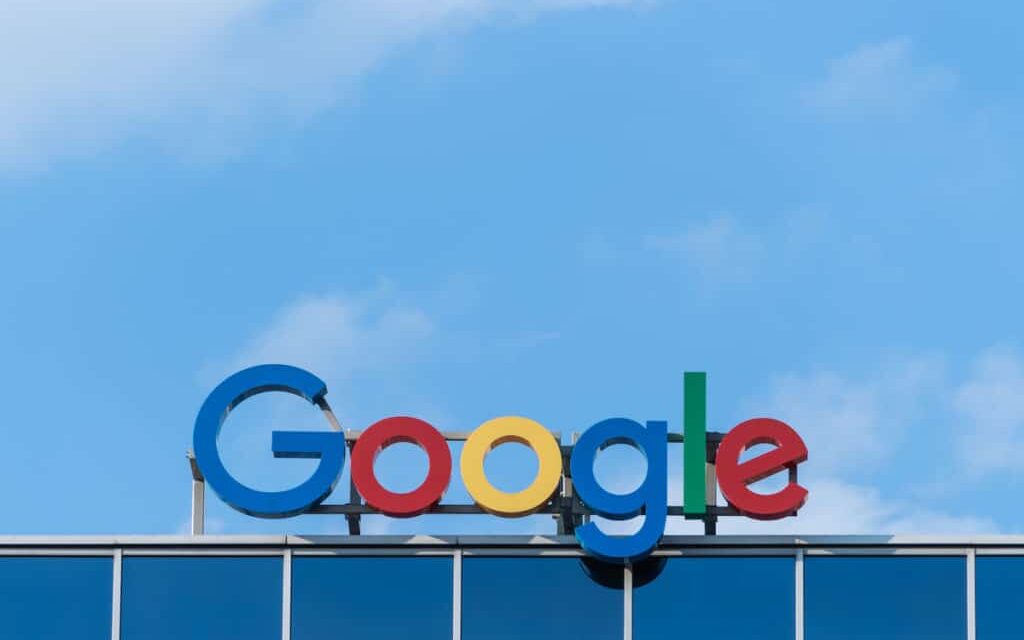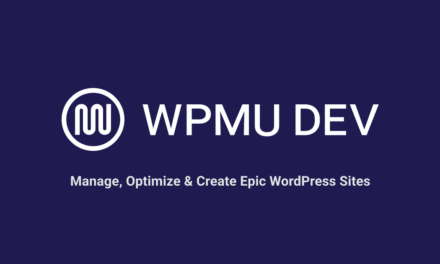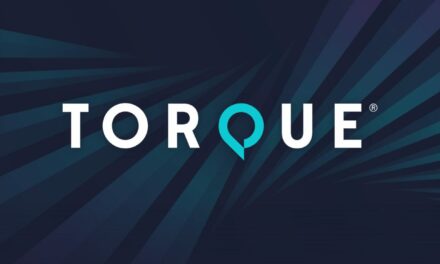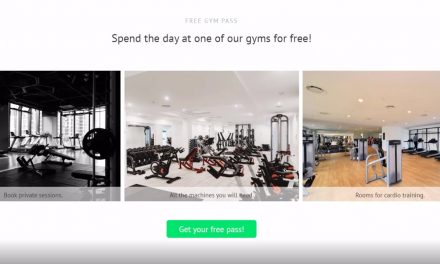Google’s so-called Helpful Content Update rolled out between August 25 and September 9, 2022. It is yet another algorithm update the search giant has implemented in order to improve its search results.
In order to help you better understand what it is about and what it means for your WordPress site, in this article we will take an in-depth look at the update. You will learn what it entails, its impact on your content, and also some (well-deserved?) criticism.
Let’s go.
Quick Facts: What is the Helpful Content Update?
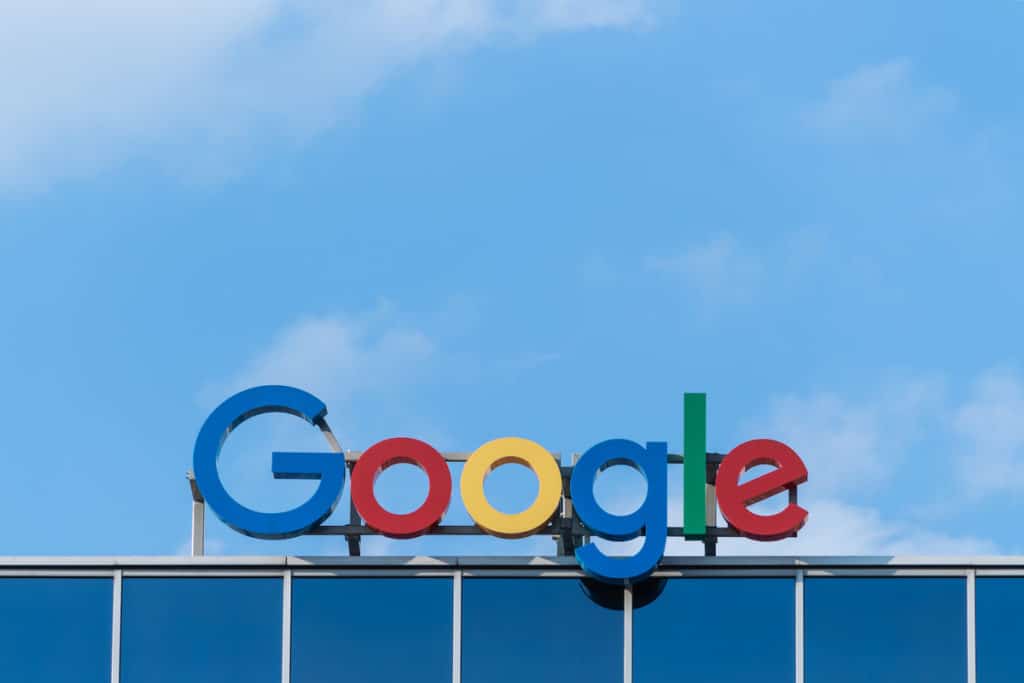
The best way to give a definition of what this algorithm update is about, is to quote Google’s announcement:
[…] we’re launching what we’re calling the “helpful content update” that’s part of a broader effort to ensure people see more original, helpful content written by people, for people, in search results.
[…]
The helpful content update aims to better reward content where visitors feel they’ve had a satisfying experience, while content that doesn’t meet a visitor’s expectations won’t perform as well.
In short, the update aims to weed out low-value and unhelpful pages from the search results. If that sounds very similar to the E-A-T update, that’s not accident. It goes very much in the same direction. However, what does the above mean in particular?
Diving Into the Details
If you keep reading the announcement post, you find out that the Helpful Content Update particularly looks at the following signals:
- Does your content work for your intended/primary audience and site focus?
- Do you provide first-hand expertise and in-depth knowledge?
- Is it aligned with the users’ search intent?
As a consequence, here is what it (most probably) targets:
- Overly optimized content
- Content very much outside of your general content strategy
- AI-written/spun content
- Content that does not help users achieve their objective
- Clickbait (e.g. content talking about the release date of a movie or console when there is none)
Not a lot of surprises there. Even without Google spelling it out, you probably knew that this type of content wasn’t really that helpful.
Observable Impact of the Rollout
Although, like all major core updates, the Helpful Content Update caused ripples across the SEO sphere, curiously, its impact on search ranking has been relatively small.
Many of the websites that track rank fluctuations showed its effects were relatively minor. At this point, it seems like it only affected the worst offenders but was not a huge shake-up across the board. Definitely less impactful than many would have anticipated.
However, Google also stated that the effects may become more apparent over time. Plus, it’s important to keep in mind that this is just one signal. It works together with a whole host of other factors and might also be further amplified in future updates. Therefore, it’s possible that it won’t go into full effect until later.
Nominally the Helpful Content Update only affects English search queries, other languages will follow after Google further refines it. However, there have also been a number of reports of non-English sites feeling its effect.
What Does the Update Mean for You and Your WordPress Website?
Alright, now that we know the purpose and content of it, let’s go over what you should take away from the Helpful Content Update for your own site and content.
1. Focus on People First
At the core of the update is basically Google’s old adage to create content for people, not search engines. The algorithm update simply reiterates it.
Google’s stated goal is to serve its users the best possible content for what they are looking for. In addition, the search engine is by now way too sophisticated to be fooled by any technical trickery. Consequently, to rank highly, your only choice is to try and be that best possible result.
One of the main steps toward that is to understand and satisfy search intent. When choosing a topic, make sure you intimately understand what the searcher is trying to accomplish and help them do so. We have compiled an entire article on that topic where you can learn more.
Satisfying search intent will keep users on your site longer. This, instead of sending them back to the SERPs for more information, is sending positive signals to Google that you are giving visitors what they want.
2. Keep Focusing on E-A-T
In case you don’t know, E-A-T stands for Expertise, Authoritativeness, and Trustworthiness. It was the focus of an algorithm update of the same name some years back.
The E-A-T update specifically targeted YMYL (“your money or your life”) pages. That means types of pages that have potentially great impact on the future happiness, health, financial stability, or safety of Google’s users. However, it applies to everyone.
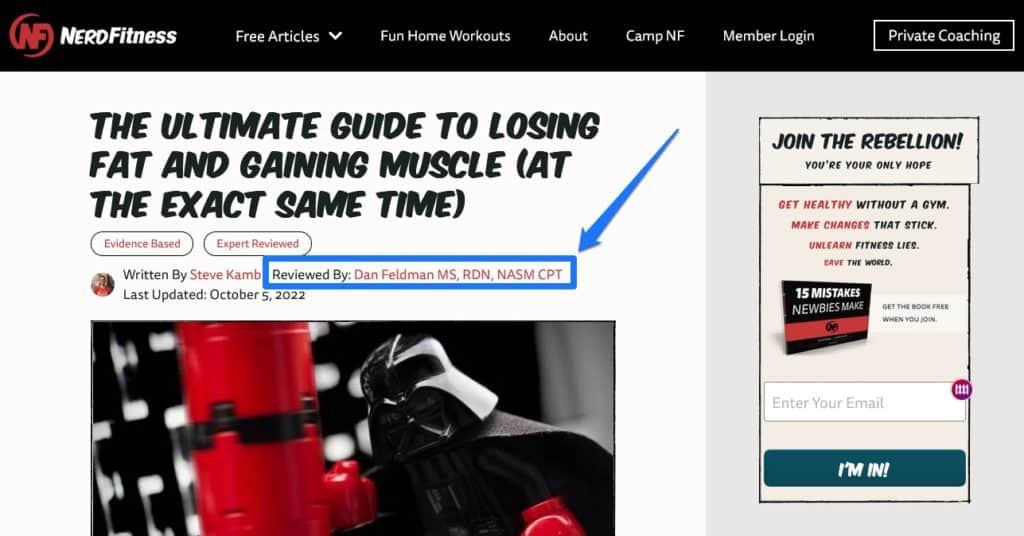
In the Helpful Content Update announcement, Google makes some specific allusions to these markers of quality. For one, they suggest to stick to your area of expertise. That means, don’t simply create content for search queries where you hope to get traffic. Instead, make sure you create a valuable resource for your primary audience and subject.
Sure, you can always branch out and open up new topical areas that are related to your main topic. For example, you might get into other wellness topics like meditation while running a fitness blog. However, don’t go wildly off track just to try and get traffic (e.g. writing an article about Bitcoin on a site that is usually about gardening).
It also means writing about things that you have first-hand experience in.
How do you demonstrate that?
First of all, don’t write about a product you have never used in order to try and get affiliate commissions. Secondly, provide original insights and images. Go beyond summarizing what is already out there, add information that readers can find nowhere else.
For more information on E-A-T, refer to the article above and also take a look at search quality rating guidelines.
3. Follow Guidelines for Product Reviews
Something specifically mentioned in the update announcement (and, thus, likely targeted) are product reviews. If that’s a lot of what your content is about, it’s good idea to go over Google’s guidelines for writing high-quality product reviews.
If you want to save yourself a click, the gist is as follows:
- Show the expertise that qualifies you to review the product
- Provide visuals, links to other sources, and first-hand quantitative data to underline your opinions
- List pros and cons and compare the product with similar entries
- Provide key details for what makes the product good or bad and give evidence for your opinion
Basically, it’s E-A-T allover again.
4. Do a Content Audit
Another interesting tidbit from the update announcement is this:
Any content — not just unhelpful content — on sites determined to have relatively high amounts of unhelpful content overall is less likely to perform well in Search, assuming there is other content elsewhere from the web that’s better to display. For this reason, removing unhelpful content could help the rankings of your other content.
The message is pretty clear: If your website has a lot of content that is deemed unhelpful, the ranking of your entire site could suffer, not just that of the low-value content itself.
In addition, the post says that this is a weighted signal. The more unhelpful content you have, the stronger its effect will be. For that reason, you not only have to step up your content game but also take a look at the material already on your site.
That’s where a content audit comes in. Have a look at your existing articles and decide what will stay, what needs to go, and what needs an update. If you experience ranking losses from the new update, this is what can help get you out of the hole. But beware, the announcement also says it might take a while to get back to where you were before, potentially months.
5. Don’t Neglect SEO Best Practices
While the most important part to adhere to the Helpful Content Update is to focus on creating the most helpful content possible for your users, at the same time, you should not neglect basic SEO best practices.
What does that mean?
Basically, taking care of your technical SEO and on-page SEO:
- Ensuring fast-loading website speed (speed testing can help with that)
- Having a mobile-friendly website
- Creating a clear website hierarchy
- Including structured data
- Lack of technical errors like 404 pages and robots.txt problems
- Placing keywords in the locations that Google uses to understand page topic (title, headings, URL, ALT tags, etc.)
- Interlinking between your pages and linking to outside sources
- Providing an SEO title and meta description
Basically, most things that a good SEO plugin would tell you.
SEO best practices also include the overall user experience. It’s not just about the information but also how you present it. Here, you need to think about your web design and UX of your site as a whole and also each individual content piece. It means using good formatting, images, and other readability factors.
Community Criticism
There was also criticism from some SEO professionals, saying that the rollout of the Helpful Content Update was not just a technical update but also a PR campaign.
Unlike for other updates (e.g. Panda, Penguin), Google announced it beforehand and explicitly got in touch with influential SEO professionals to spread the news. That, in combination with the negligent observable effect, led some to believe that this was more about improving Google’s PR and sending a message to content creators.
At the same time, as mentioned above, the update is part of an ongoing effort. Its effects might only be truly felt with future updates as Danny Sullivan, Google’s Search Liasion, said in a couple of tweets.
The Google Update in a Nutshell: Keep Creating Truly Helpful Content
The latest Google update marks another step towards the same direction that Google has been moving for a while now: promoting user-centric content. It further cements the need for closely listening to what users want and giving it to them, while also adhering to SEO best practices.
The update is also surely something aimed at the surge of AI-created content. If that’s something you are using, always make sure that you review your content from a person’s perspective and make any changes necessary to make it helpful for your actual readers.
While the update itself did not have the biggest impact at rollout, it further shows where things are going. If you want to invest in the future success of your website, heed its lessons now.
What is your greatest lessons from Google’s Helpful Content Update? How will you implement its lessons on your website? Tell us in the comments!

